May 16, 2025 | 02:18 GMT +7
May 16, 2025 | 02:18 GMT +7
Hotline: 0913.378.918
May 16, 2025 | 02:18 GMT +7
Hotline: 0913.378.918

Can Tho City has been granted 46 planting area codes. Photo: Le Hoang Vu.
To stabilize output for fruit trees, Can Tho City supports and encourages farmers to standardize production to meet standards and good quality for export development. In addition, Can Tho City has also promoted farmers to apply for scientific and technical advances and associate with businesses and stakeholders in the goods chain to improve the efficiency of fruit production and trade.
In recent years, the area of fruit trees in Can Tho city has continuously increased, making an essential contribution to the transformation of agricultural production structure to increase the value and income for farmers in the same area.
Up to now, the city has more than 23,680 hectares of fruit trees, in which there are many types of fruit with the potential to boost exports to bring high value. Can Tho has a variety of delicious and specialty fruit trees, many of which are grown in a relatively large area.
The city has more than 3,280 hectares of all kinds of mango, more than 2,790 hectares of all types of longan, 2,560 hectares of durian, 1,782 hectares of plum, 1,626 hectares of milkweed, 1,528 hectares of coconut, 1,357 hectares of jackfruit, 1,128 hectares of bananas, 1,143 hectares of lemons, 1,109 hectares of oranges, 422 hectares of rambutan… In the first eight months of 2022, the output of fruits in Can Tho City reached over 100 thousand tonnes.
Many fruits grown in Can Tho City, such as banana, jackfruit, lemon, mango, longan, durian, and breast milk... are exported to many countries and territories worldwide, including markets under challenging markets such as Japan, Korea, the US, and EU countries.
However, the number of orchards in the city that are granted planting area codes and have production certificates meeting good agricultural practice standards, such as VietGAP and Global GAP... is still relatively small. At the same time, many countries around the world set stricter requirements on standards and quality for fruits imported into their countries, especially the need to have planting area codes and a packing facility code to ensure traceability.
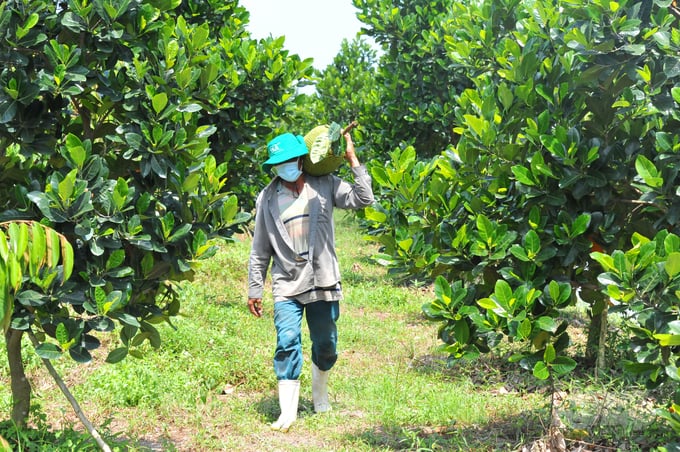
Can Tho city has 477 hectares of fruit trees grown according to VietGAP and GlobalGAP standards. Photo: Le Hoang Vu.
Therefore, for Can Tho's fruit to maintain and expand the export market, it is required that farmers, cooperatives, and fruit business enterprises in the city must promptly standardize production according to the requirements of the export market.
According to the Can Tho City Plantation and Plant Protection Department, the city currently has 477 hectares of fruit trees produced according to VietGAP and GlobalGAP standards. From 2022 to now, the functional sector has granted and re-issued 17 planting area codes with 150 hectares.
Currently, cooperatives, farmer households, and fruit tree production and business enterprises in the city have been granted 46 codes for 37 planting areas, with a total area of more than 602 hectares, and 7 codes for 5 packing facilities to serve Export markets: USA, Australia, China, Korea, EU.
To support farmers in standardizing production according to the requirements of the export market, the agricultural sector of Can Tho City has promoted propaganda activities, technical training, and regularly updated and disseminated transformed information and knowledge about products and markets, especially requirements on standards and product quality of other countries;
Support farmers in building and replicating effective fruit tree models, applying production according to good agricultural practice standards associated with developing planting area codes;
Mobilize farmers to link, form cooperatives and concentrated fruit-growing areas to facilitate the management, organize production according to standards and connect with businesses.
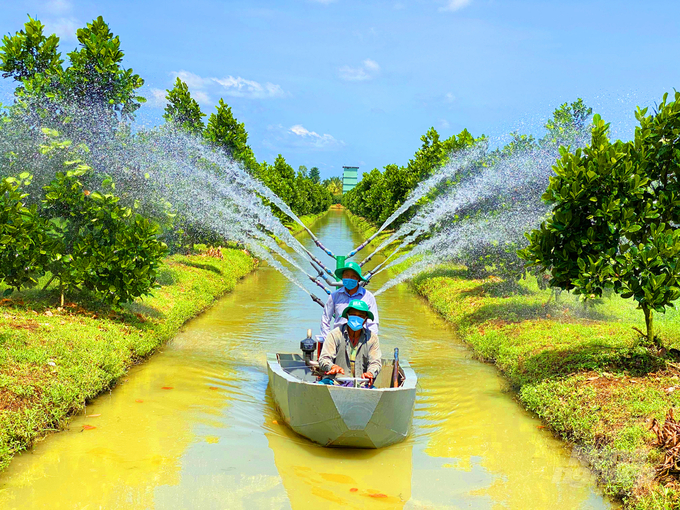
The area of fruit trees in Can Tho has continuously increased, contributing to the restructuring of agricultural production. Photo: Le Hoang Vu.
Mrs. Tran Thi Kim Thuy, Deputy Head of the Can Tho City Plantation and Plant Protection Sub-Department, said: Currently, the management and issuance of planting area codes for fruit trees and other crops in the locality still encounter many problems. Farmers keep cultivating according to old practices and are limited in applying advanced technical measures.
To well manage the code of planting areas and packing facilities, Mr. Tran Thai Nghiem, Deputy Director of the Department of Agriculture and Rural Development of Can Tho City proposed the Sub-Department of Cultivation and Plant Protection, together with specialized agencies under the Department of Agriculture and Rural Development and local functional branches need to check and monitor already issued codes and review requests for new codes in localities; timely support people and businesses to remove difficulties and overcome limitations. For farmers and cooperatives, it is necessary to register the planting area code to facilitate product output actively.
Translated by Ha Phuc
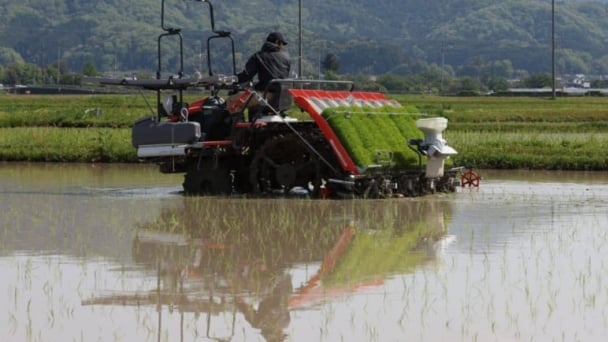
(VAN) Japan's efforts to lower the price of rice through the release of its stockpile may finally be making some progress, albeit at a snail's pace.

(VAN) U.S. tariffs are not only a 'shock', but also an opportunity for Vietnamese businesses to renew their mindset toward comprehensive development.
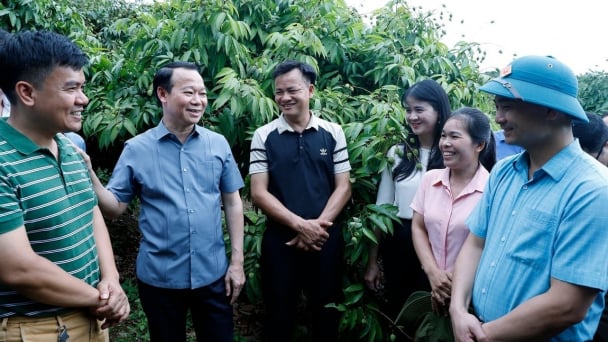
(VAN) As Bac Giang lychee enters the harvest season, Minister Do Duc Duy expects that the fruit will contribute greatly to agricultural exports due to standardized production and deep processing.
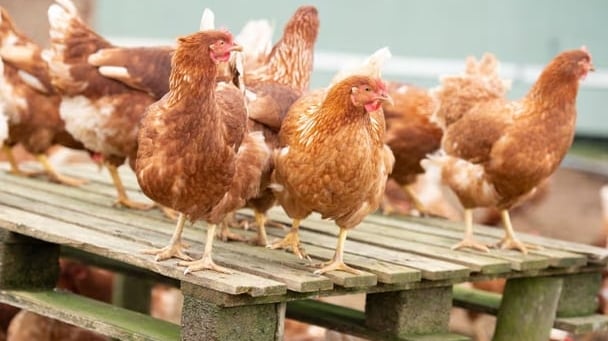
(VAN) Consumers have shown a preference for free-range eggs, but those farming systems are more vulnerable to biosecurity risks like bird flu.
/2025/05/09/5701-1-184335_301.jpg)
(VAN) Vietnam’s eel exports nearly doubled thanks to a mud-free farming model, opening up new prospects while still facing numerous barriers related to international standards.

(VAN) Minister Do Duc Duy warned that if production is not professionalized and supply chains are not transparent, the U.S. market could become a growth bottleneck.
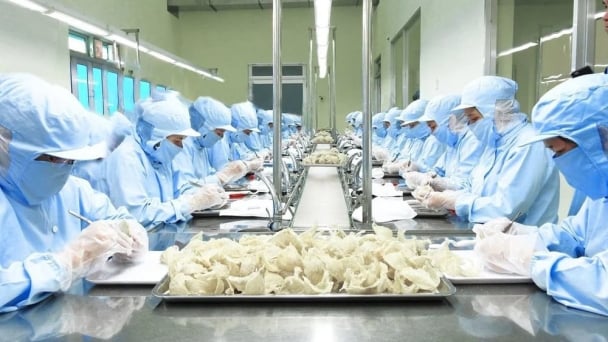
(VAN) Delegating surveillance responsibilities to local authorities is a cost-saving and efficiency-boosting measure that removes a key bottleneck for enterprises, according to Director General Duong Tat Thang.